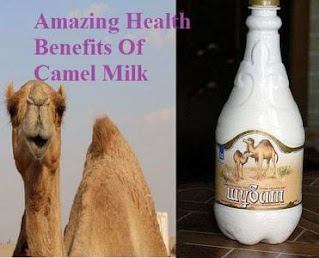Vitamins are important minerals required to perform many important functions of the body. A balanced diet and sun exposure ( vitamin D ) provide enough of these vitamins.
There are two types of Vitamin as
There are two types of Vitamin as
Water-soluble vitamins-
Water-soluble vitamins travel freely through the body, and excess amounts usually are excreted by the kidneys. The body needs water-soluble vitamins in frequent, small doses. These vitamins are not as likely as fat-soluble vitamins to reach toxic levels. But niacin, vitamin B6, folate, choline, and vitamin C have upper consumption limits.
Water-soluble vitamins
| Nutrient | Function | Sources |
|---|---|---|
Thiamine (vitamin B1)
|
Part of an enzyme needed for energy metabolism; important to nerve function
|
Found in all nutritious foods in moderate amounts: pork, whole-grain or enriched bread and cereals, legumes, nuts and seeds
|
Riboflavin (vitamin B2)
|
Part of an enzyme needed for energy metabolism; important for normal vision and skin health
|
Milk and milk products; leafy green vegetables; whole-grain, enriched bread, and cereals
|
Niacin (vitamin B3)
|
Part of an enzyme needed for energy metabolism; important for nervous system, digestive system, and skin health
|
Meat, poultry, fish, whole-grain or enriched bread and cereals, vegetables (especially mushrooms, asparagus, and leafy green vegetables), peanut butter
|
Pantothenic acid
|
Part of an enzyme needed for energy metabolism
|
Widespread in foods
|
Biotin
|
Part of an enzyme needed for energy metabolism
|
Widespread in foods; also produced in intestinal tract by bacteria
|
Pyridoxine(vitamin B6)
|
Part of an enzyme needed for protein metabolism; helps make red blood cells
|
Meat, fish, poultry, vegetables, fruits
|
Folic Acid
|
Part of an enzyme needed for making DNA and new cells, especially red blood cells
|
Leafy green vegetables and legumes, seeds, orange juice, and liver; now added to most refined grains
|
Cobalamin (vitamin B12)
|
Part of an enzyme needed for making new cells; important to nerve function
|
Meat, poultry, fish, seafood, eggs, milk and milk products; not found in plant foods
|
Ascorbic acid(vitamin C)
|
Antioxidant; part of an enzyme needed for protein metabolism; important for immune system health; aids in iron absorption
|
Found only in fruits and vegetables, especially citrus fruits, vegetables in the cabbage family, cantaloupe, strawberries, peppers, tomatoes, potatoes, lettuce, papayas, mangoes, kiwifruit
|
Fat-soluble vitamins
Fat-soluble vitamins are stored in the body's cells and are not excreted as easily as water-soluble vitamins. They do not need to be consumed as often as water-soluble vitamins, although adequate amounts are needed.
| Nutrient | Function | Sources |
|---|---|---|
Vitamin A (and its precursor*, beta-carotene)
*A precursor is converted by the body to the vitamin.
|
Needed for vision, healthy skin and mucous membranes, bone and tooth growth, immune system health
|
Vitamin A from animal sources (retinol): fortified milk, cheese, cream, butter, fortified margarine, eggs, liver
Beta-carotene (from plant sources): Leafy, dark green vegetables; dark orange fruits (apricots, cantaloupe) and vegetables (carrots, winter squash, sweet potatoes, pumpkin)
|
Vitamin D
|
Needed for proper absorption of calcium,; stored in bones
|
Egg yolks, liver, fatty fish, fortified milk, fortified margarine. When exposed to sunlight, the skin can make vitamin D.
|
Vitamin E
|
Antioxidant; protects cell walls
|
Polyunsaturated plant oils (soybean, corn, cottonseed, safflower); leafy green vegetables; wheat germ; whole-grain products; liver; egg yolks; nuts and seeds
* Vitamin E rich foods |
Vitamin K
|
Needed for proper blood clotting
|
Leafy green vegetables and vegetables in the cabbage family; milk; also produced in intestinal tract by bacteria
|







